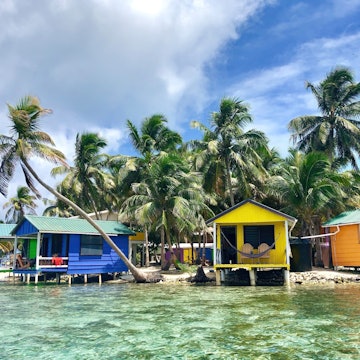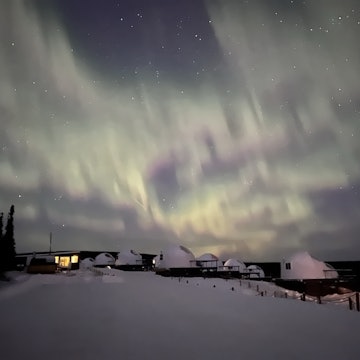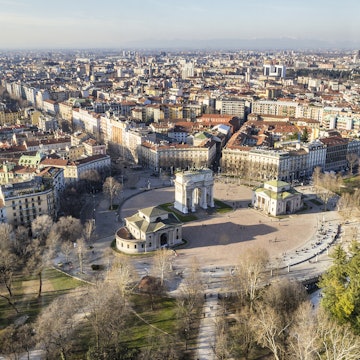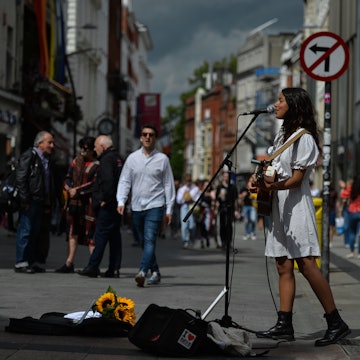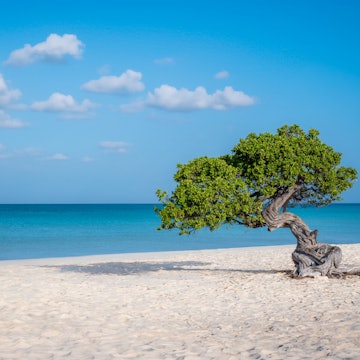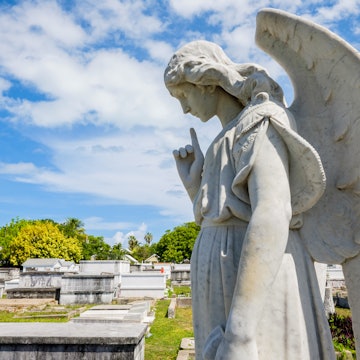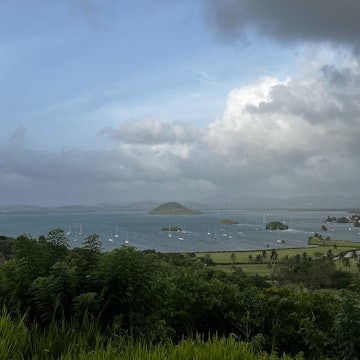

Livigno. Slawomir Kruz/Shutterstock
With two major mountain ranges – the Alps, which encompasses the Dolomites, stretching along the northern border from France to Slovenia, and the Apennines running down the peninsula’s spine – Italy is one of Europe’s premier destinations for skiers and snowboarders.
There are almost 300 ski resorts across the country, with something for every ability and taste. Most sizable, reliable resorts are in the colder, higher-elevation Alpine north – but that doesn’t mean the south and center have nothing to offer. While many spots cater primarily to local visitors heading up for days or weekends, we’re focusing mainly on ski areas that have enough to sustain what Italians call a settimana bianca (white week): a weeklong snowbound adventure.
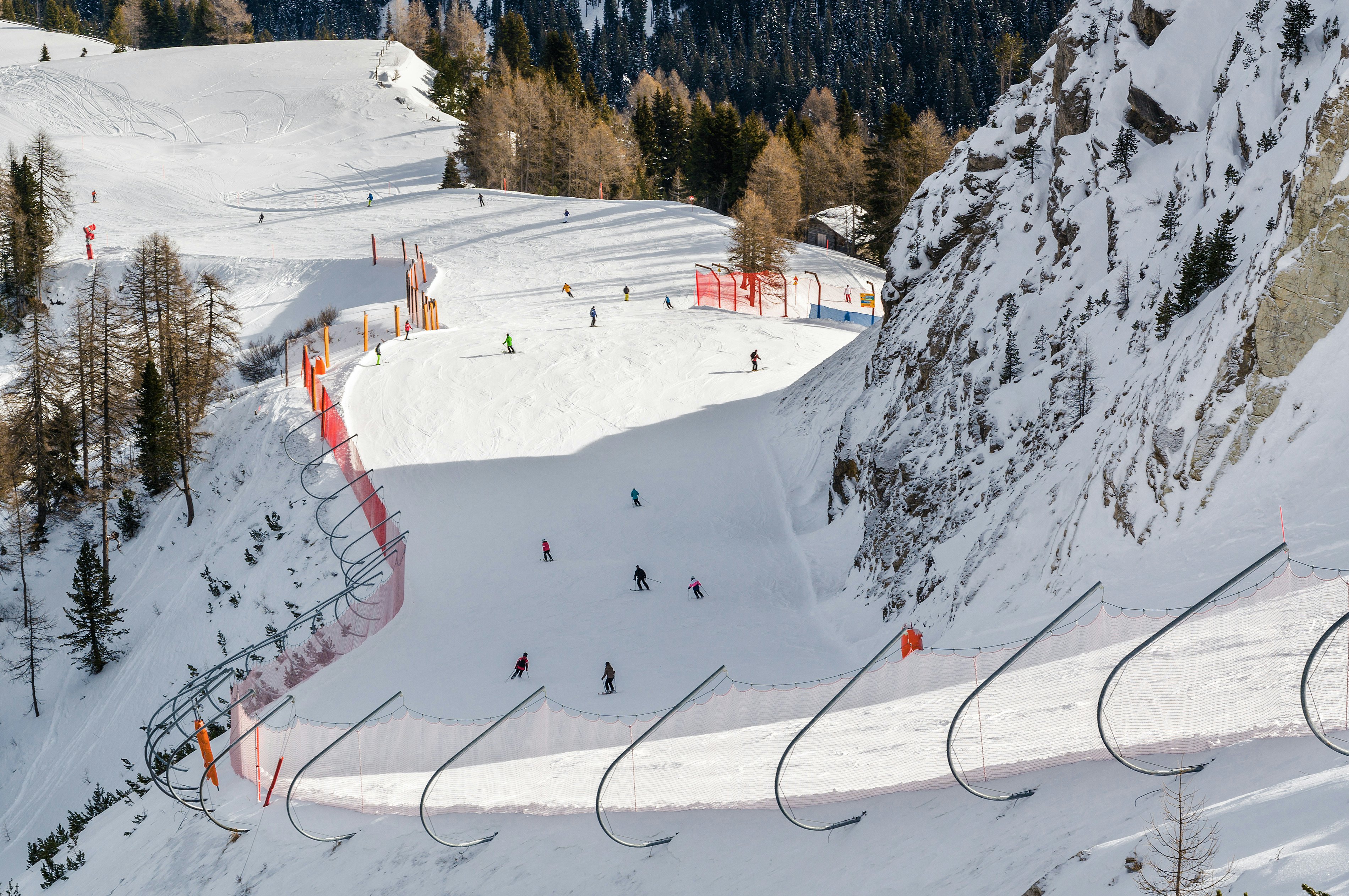
1. Alta Badia
Best for exploring
There’s only one ski area for anyone who wants to cover a lot of ground on their trip: Dolomiti Superski. Its 3000 sq km make it the largest ski area in the world, comprising 12 resorts and more than 1200km of slopes. Of those resorts, Alta Badia is a good base. The local pass gives you access to 130km of pistes, while the resort also sits on the famed Sella Ronda, an intermediate-friendly circular route around the breathtaking Gruppo del Sella mountains, which takes you through the Val Gardena, Val di Fassa and Arabba resorts.
The village of Corvara is the heart of Alta Badia. It’s smaller and less striking than other Dolomite hubs, but it punches above its weight in sophisticated drinking and dining options: the Michelin Guide namechecks no fewer than seven restaurants, including the starred La Stüa de Michil.
Planning tip: For Dolomites resorts, the proximity to the Austrian border may make flying into Innsbruck a better option than Italian airports.
2. Livigno
Best for beginners
Known as Little Tibet for its high elevation, reliable snow and 360-degree peak surroundings, Livigno is actually several connected villages along the floor of a valley that backs onto the Swiss border. A curious duty-free enclave with a long history of tourism, Livigno has managed to retain its rustic, mountain-village vibe, with modern chalets fitting alongside traditional wooden buildings.
A cluster of novice slopes sit on the western end of the resort, where the ski schools also usually meet. For mixed-ability groups, there are also plenty of reds, some challenging blacks and backcountry skiing for experts.
Planning tip: The size of the resort means ski-bus transfers or long walks to get between the various lifts. Look at the piste maps and find accommodation that is well-placed for your party’s needs. Livigno Express runs buses from Milan airports.

3. Val Gardena
Best for high speed
Val Gardena, part of the Dolomiti Superski area and the Sella Ronda route, would already be an elite ski destination even without considering its key selling point for speed demons. While there’s plenty on offer for intermediate skiers, the resort’s Legendary 8 list of red and black runs is headed by Saslong: dropping over 800m over a length of 3.4km with a maximum incline of 56.9%, the run is a regular stop on World Cup itineraries.
Off the slopes, admire the examples of wood sculpture, a traditional craft of the area, and don’t be surprised to hear people speaking a language that is neither the national Italian nor the regional German: this is Ladin, the local tongue still spoken by the majority of permanent residents.
Planning tip: Of the three villages that make up the resort, Santa Cristina and Selva are better connected to the main ski area than Ortisei.
4. Courmayeur
Best for families
On the slopes of Mont Blanc (Monte Bianco), Western Europe’s highest peak, Courmayeur offers an exceptional all-round ski experience. Aside from the range of slopes appealing to skiers of all levels – including nursery slopes at the top of lifts from the village – the resort is also equipped with a children’s Fun Park where conveyor belts, inflatable toys and sledding hills allow even the youngest visitors to get used to the snow.
A variety of ski schools and an elegant, partly pedestrianized town center add to the appeal. For real historic character, though, head away from the center to the neighborhoods of Verrand, Dolonne or Entrèves, in which labyrinths of cobbled lanes weave between stone buildings that have stood for centuries.
Planning tip: To go beyond Courmayeur’s 41km of runs, buy the Mont Blanc Unlimited pass for access to the nearby resorts of Chamonix (France) and Crans-Montana (Switzerland).

5. Madonna di Campiglio
Best for après-ski
Classy Madonna di Campiglio, in the Brenta Group of the western Dolomites, has a big reputation for its 150km of slopes and its stunning scenery. But, in a country that puts less of an emphasis on lively après compared to party-centric resorts in France and Austria, what’s just as impressive is its nightlife scene.
Options abound. An aperitivo at Bar Suisse on Piazza Righi is a perfect excuse for people-watching. Home Stube foregrounds beers and pub-style food, while Ober1 serves drinks on a slopeside terrace. Once the night draws in, clubs like Piano54 stay open well into the wee hours and beyond.
Planning tip: Madonna is only 1 hour 30min by car from Lago di Garda. Stop by the lake in winter or early spring for a less crowded experience than in summer and postcard-ready snowy backdrops.
6. Monterosa Ski
Best off-piste
Monte Rosa (4634m) dominates both the Piedmont skyline and the off-piste ski scene in Italy. The area known as Freeride Paradise straddles the valleys of Valsesia and Gressoney, and gives intrepid riders spectacular views of 4000m peaks and over 1700m of descent from the Punta Indren glacier or the Passo Salati.
You’ll have to choose which of the area’s three valleys – the aforementioned two and easterly Champoluc – to make your hub. For the classic mountain-village feel, plump for Alagna Valsesia. Swing by the museum Casa Daverio to learn about the Walser, the traditional residents of the valleys.
Planning tip: Naturally, safety is key for backcountry exploring. Make sure your insurance covers off-piste skiing and, unless you have the requisite experience, look into hiring a guide.

7. Via Lattea
Best for value
When it comes to bang for your euro, few areas in Western Europe can compete with the Via Lattea (Milky Way). A seven-day pass here costs €285 in the low season or €319 in high season – about €150 less than a Dolomiti Superski pass. While there are cheaper resorts out there, there are none at this price point that can match the 400km of varied runs across five Piedmont resorts (most notably Sestriere) and one over the French border.
Sestriere was the first purpose-built ski resort in Italy, so don’t expect that (authentic or concocted) old-timey mountain-village vibe. The divisive skyline is dominated by Hotel Torre and Grand Hotel Duchi d’Aosta, cylindrical towers built in a modernist style in the 1930s under the orders of FIAT auto magnate Gianni Agnelli.
Planning tip: High season is late December to early January and early February to early March. Outside of these times, you’ll get the cheaper pass as well as less pricey accommodations.
8. Val di Fiemme
Best for cross-country
Val di Fiemme – another part of the Dolomiti Superski network – is the main Nordic skiing hub in Italy. Boasting 150km of cross-country trails, the valley puts on the annual Marcialonga event and will host the Nordic competition in the 2026 Winter Olympics. For a different view of Dolomite scenery, take to the trails on Tuesdays and Thursdays, when they are lit until 11pm.
The main villages are Predazzo and Cavalese. Among the modern accommodations, look out for Cavalese’s Palazzo della Magnifica Comunità di Fiemme. The patchwork of frescoes on the facade of the cultural museum date from the 16th century.
Planning tip: Beginners can sign up for a lesson with Scuola Sci Fondo Passo Lavazé.

9. Cervinia
Best for year-round skiing
Watched over by the awe-inspiring Matterhorn (Cervino in Italian) and connected by lifts with the Swiss resort of Zermatt, Cervinia is a fantastic choice in the traditional ski season. Its high elevation (from 2000m to 3480m) makes the resort snow-sure, and sweeping blues are well-suited to beginner and intermediate skiers; advanced skiers, meanwhile, will get a kick from the steeper, narrower runs on the Swiss side. Once winter ends, the glacial Plateau Rosa area, shared between the two resorts, offers up to 21km of snowy pistes until early September, along with a Snowpark for freestylers. The spectacular scenery makes up for the reduced mileage.
In town, a number of bars and restaurants sit right at the base of the slopes. Elsewhere, wander the cobbled town center, with bridges crossing babbling brooks and hearty mountain food served up in wood-clad chalet-style restaurants.
Planning tip: Arriva runs buses from downtown Milan and Turin (with a change) to Breuil-Cervinia. Expect to rent a car or get a private transfer if going direct from the airport.
10. Cortina d’Ampezzo
Best chic atmosphere
Italian ski resorts don’t get more internationally renowned than Cortina d’Ampezzo. The resort, a UNESCO World Heritage Site, will co-host the 2026 Winter Olympics and has long been the upmarket haunt of Italians and international visitors alike.
The quality of the sporting offering is without question but, as you’d expect, there is plenty to do off the slopes too. Among the broad piazzas and stone church spires (admire the 18th-century altar in the Basilica dei Santi Filippo e Giacomo), dining options include two Michelin-starred restaurants – Tivoli and SanBrite – while the après-ski leans towards the sophisticated, such as with the 700 wines at Enoteca Cortina.
Planning tip: If you don’t want your spending to extend to a private transfer, Cortina Express runs a bus service here from Venice’s airport.

11. Bormio
Best for relaxation
While many ski resorts were once small farming villages, Bormio in upper Valtellina has been an important town due to its location on transalpine trade routes since as early as the 12th century. Its buildings are now predominantly holiday apartments, but for a feel of its history stroll up pedestrianized Via Roma. Explore its vicoli (alleyways) and the 13th-century stone Torre Alberti before reaching Piazza Cavour; the square centers on the curious Kuerc, a reconstruction of a semicircular 14th-century loggia that was destroyed by fire in 1855.
From a tourism perspective, Bormio made its reputation long before winter sports took off thanks to its hot springs. Take a day off from the slopes or unwind in the evening at a spa such as QC Terme or Bormio Terme. Though the ski area is not huge, the Alta Valtellina Skipass grants you access to several other local resorts, including nearby Livigno.
Planning tip: Livigno Express runs direct buses from Milan airports.
12. Roccaraso
Best of the Apennines
Roccaraso, in the Alto Sangro ski area, is perfect if you want to combine a ski escape with a winter city break to Rome or Naples. The largest ski area in the Apennines, Alto Sangro sits at an elevation of between 1300m and 2150m and gets consistent snow coverage. Its slopes are suitable for a wide range of ability levels.
Though Roccaraso is a historic settlement, central Italy’s role as a theater of battle in WWII means that most of the original stone houses and churches were destroyed. It is nevertheless a pleasant town with a lived-in feel, and it comes into its own in the lead-up to Christmas, when a colorfully lit festive market takes over the central streets and squares.
Planning tip: Roccaraso can be reached by car from Rome in around 2 hours 30min or from Naples in 2 hours.
13. Mt Etna
Best for volcano views
OK, so skiing in Sicily is not likely to be a week-long powder adventure, but strapping on your boots under smoke spewing from the crater of an active volcano offers a novelty value that might just be worth it. Linguaglossa on Etna’s north side – the mountain’s only resort, since on the southern side Nicolosi closed in 2017 thanks to poor snow and bureaucratic problems – has a few reds and blues covering 10km. It gives panoramic views over the coast and the Ionian Sea on clear days.
The town of Linguaglossa itself definitely stands apart from the Alpine examples on this list, with its yellow pastel apartment buildings lending a feel of classic southern Italian architecture. Look out for examples of the use of dark-gray lava stone, such as on the facade of the Chiesa Madre.
Planning tip: While the resort is typically known as Linguaglossa, there is no direct access to the slopes by lift from the town. You’ll need to drive and park at the base of the Piano Provenzano lift, or get a ski-bus.








